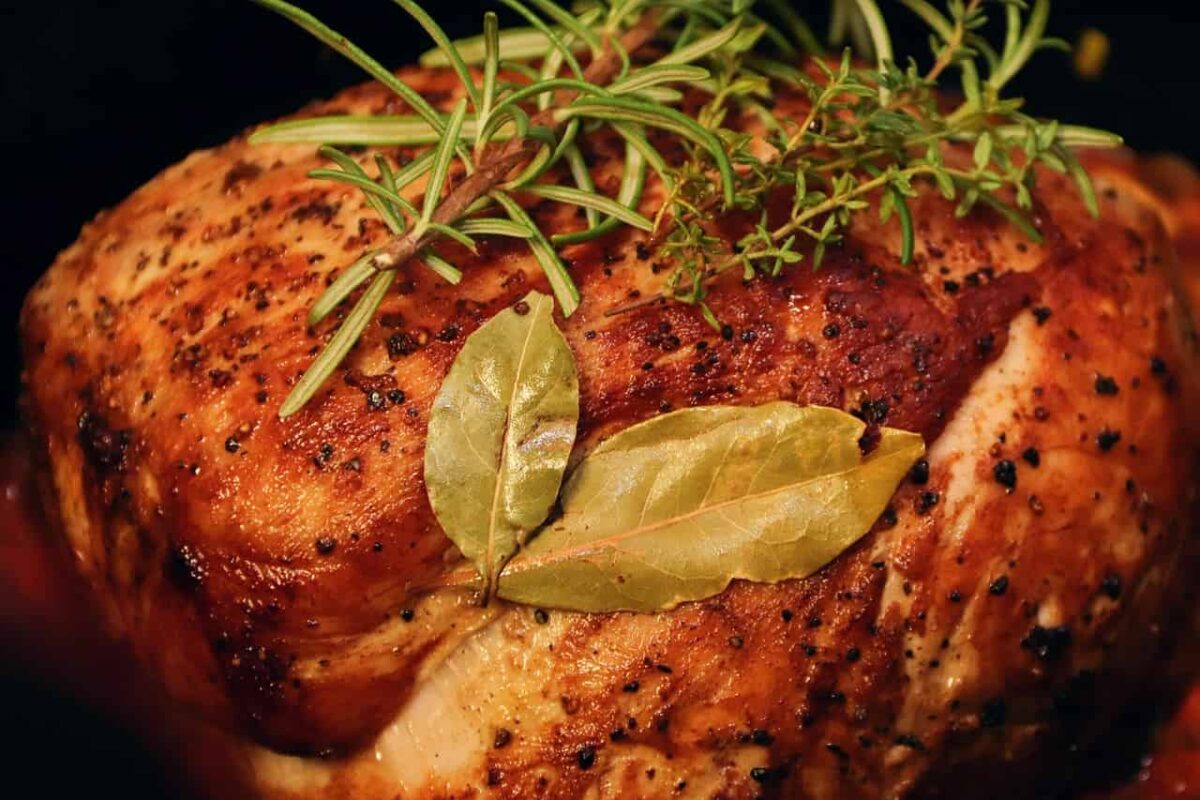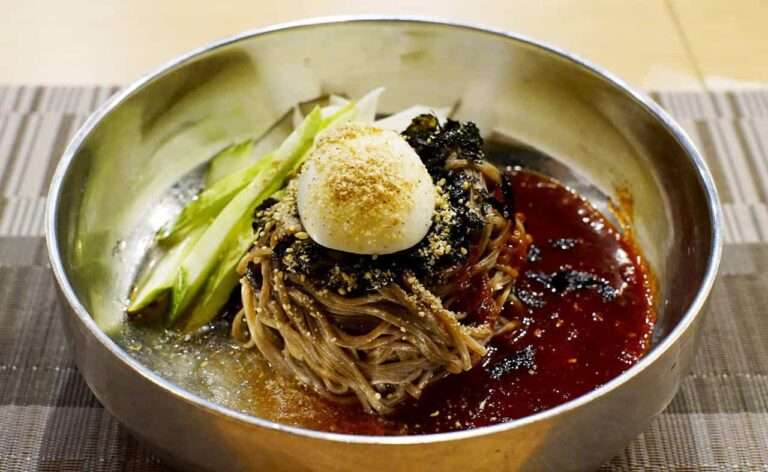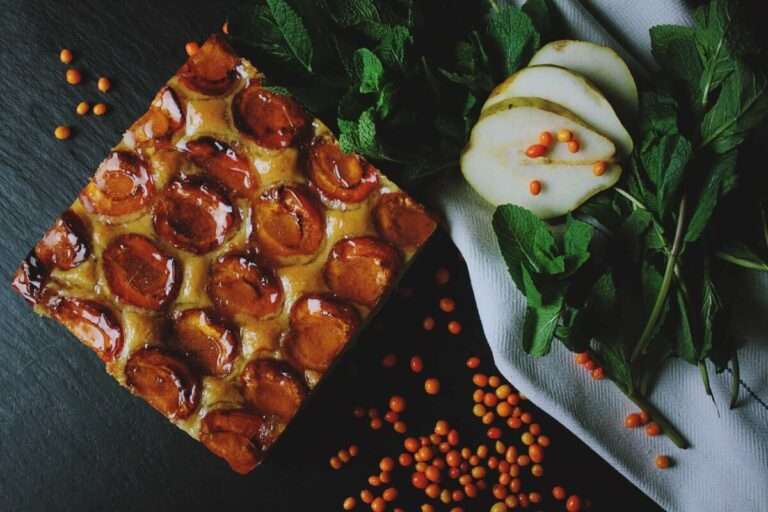Bay leaves 35 top health benefits and uses
Did you know that the well-known bay leaf originates from a tree that is also known as the sweet bay tree?
- There are a few different names for the leaves of the Laurus nobilin tree. Some of these names are Turkish Bay, Grecian Bay, and Mediterranean Bay. It is important not to mix authentic bay leaves, which come from Turkey, with California bay leaves, which originate from a totally different plant and have a taste that is far more powerful and eucalyptus-forward. Visual inspection provides the clearest and most immediate distinction between the two types of leaves. The bay leaves native to California have a blade-like form that is long and narrow, but the bay leaves native to Turkey are shorter and more rounded.
- In the past, Bay was seen as a sign of triumph and success. In ancient Greece and Rome, wreaths composed of bay leaves were often worn by poets, athletes, warriors, and even emperors.
- Because these plants have a nice smell, the essential oil that is derived from the berries of sweet bay trees or plants is used in the production of a variety of fragrances, soaps, candles, and other personal care items.
- The wood of the bay tree is used in the production of walking sticks as well as ornamental objects made of a variety of coloured wood pieces. Because of its pungent and pungently fragrant scent, bay tree wood is occasionally utilised in the smoking of meat.
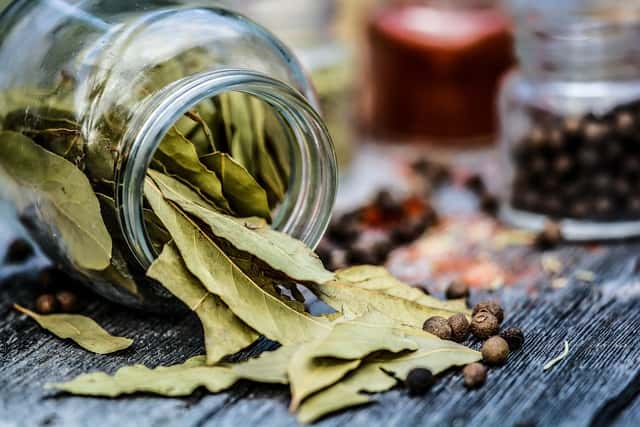
Bay leaves values and health benefits
- Studies have been conducted to investigate the antioxidant capacities of bay leaves. These characteristics act as a shield against the oxidative stress that is brought on by free radicals. Flavonoids and proanthocyanidins are two of the phytochemicals that may be found in bay leaf.
- A hundred grams of fresh leaves has 46.5 mg of vitamin C, which is equivalent to 77.5% of the recommended daily allowance. One of the most potent natural antioxidants, also known as ascorbic acid, vitamin C is an important component in the body’s defense against potentially dangerous free radicals. Additionally, ascorbic acid promotes the healing of wounds and possesses antiviral and immune-enhancing properties.
- The results of several preliminary studies show that extracts from bay leaves may be able to assist in the prevention of early stages of colorectal cancer. Although further study is required, there is some evidence that bay leaf may suppress the development of cancer cells in breast and leukaemia.
- In addition, the fresh leaves and other components of the plant are an excellent source of folic acid; one hundred grams of these foods contains around 180 mg, which is equal to approximately 45% of the daily requirement recommended. Folates play a key role in the synthesis of DNA, and research has shown that taking them during the time leading up to conception may help reduce the risk of neural tube birth abnormalities in the child.
- There are 6185 international units of vitamin A, which is 206% of the daily value, per one hundred grams of bay leaves. Bay leaves are an excellent source of vitamin A. Vitamin A, which is a naturally occurring antioxidant, is necessary for maintaining healthy vision. In addition, it is necessary for the proper functioning of the mucosa and skin. It has been shown that the ingestion of natural foods that are high in vitamin A may assist to prevent against malignancies of the lung and oral cavity.
- There is some circumstantial evidence to indicate that bay leaf may be beneficial to persons who have type 2 diabetes, which is commonly referred to as diabetes mellitus. It is widely held that some herbs, such as bay leaf, may assist in the regulation of glucose and lipid levels in the circulation. There is a need for more investigation.
- The seasoning is, in point of fact, an outstanding resource for a wide variety of vitamins, including niacin, pyridoxine, pantothenic acid, and riboflavin. These B-complex vitamin groups contribute to the creation of enzymes, the operation of the neurological system, and the regulation of metabolic processes in the body.
- This leafy spice is rich in a variety of minerals, including copper, potassium, calcium, manganese, iron, selenium, zinc, and magnesium. It is also a good source of selenium. Potassium is an essential component of cells as well as fluids found throughout the body. It has a role in the regulation of both blood pressure and heart rate.
- The antioxidant enzyme known as superoxide dismutase requires manganese and copper in order to function properly. The body uses these elements as co-factors. Iron is necessary for the synthesis of red blood cells and serves as a co-factor for the enzymes that catalyse cytochrome oxidase reactions.
- Bay leaves in their complete form should not be ingested. Because it is not broken down, the leaf cannot be digested. It is possible that it may get stuck in the throat or that it will cause harm to the intestines.
100g of bay leaves has 314 calories(1313kj), 8g protein, 8g fat, and 75g carbs including 26g fibre.
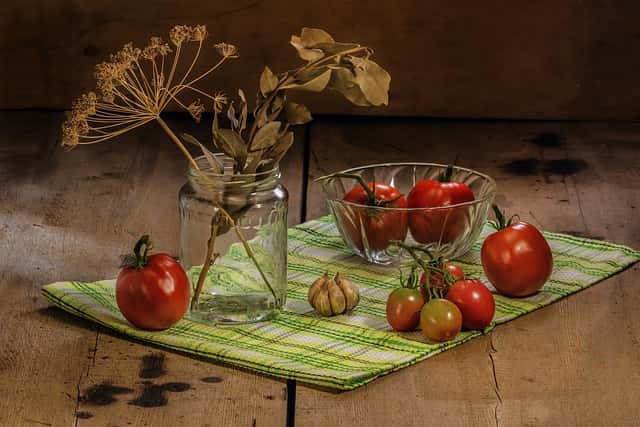
How to store bay leaves and how to buy them
- Dried bay leaves have the same tendency as other dried items, such as chilli powder or cinnamon, to attract moisture from the environment around them. That calls for them to be stored in a cool, dry place with the lid securely fastened. Thankfully, bay leaves are often sold in compact glass jars that can be tightly sealed, so preventing the leaves from absorbing any moisture. If the bay leaves you purchased came in a paper package, you may want to store them in a jar or a small freezer bag after the package has been opened.
- In the same way that exposure to light and heat is bad for the leaves of other herbs, it is also bad for this herb’s leaves because it may cause the scent to become less potent. This indicates that the leaves have to be stored in a cold and dark location.
- Putting it in the spice cabinet is the obvious choice, according to common sense. And you certainly have the choice to go that route. However, you should be aware that bay leaves rapidly lose their taste and their ability to be effective when left at room temperature. After opening the box and letting it sit for only a few weeks, you could find that part of the perfume has dissipated. And to tell you the truth, it is not a major problem at all since you can always add more leaves than you normally do, and the food should still come out OK.
- But there is a more effective method to store bay leaves, and that is in the freezer. Freezing bay leaves makes them lose their medicinal value much more slowly. If you want the taste of bay leaves to last for a longer period of time, place them in a freezer bag, make sure the bag is well sealed, and then place the bag in the freezer. Freeze the bay leaves if your home does not have a shortage of room in the freezer. This is the best way to preserve their flavour. In any other case, tuck them away in the spice cabinet and be sure to properly shut the containers.
- If you keep bay leaves in the spice drawer in your kitchen, the best taste will be achieved if you utilise the leaves within around two to three months. If you want the same results after storing them for a longer period of time, you will need to add additional leaves. If you want to freeze the leaves, they should maintain their taste in excellent condition for more than a year. When you realise that they don’t have the same pleasant aroma as they used to, you should add extra leaves to compensate for the loss of flavour.
- Bay leaves won’t deteriorate to the point where they are dangerous to use unless water makes its way into the packaging. Therefore, if you see any symptoms of mould within the container, this indicates that water made its way inside. At this point, you should throw the leaves away.
- If you keep the leaves out at room temperature for an excessively long period of time, they are likely to get dried up and break up into very little pieces. After that, they are completely worthless, thus it goes without saying that you should dispose of them.
- To restate, bay leaves progressively lose their power as time passes. This is the last but not the least point. If you keep the herbs at room temperature, the procedure will go along much more quickly. Rub one of the leaves between your fingers, and then take a whiff of it to see whether it has any flavour. You should toss them away if there is no discernible odour. In order to get the required taste and depth, you will need to use a greater quantity of bay leaves than is typical.
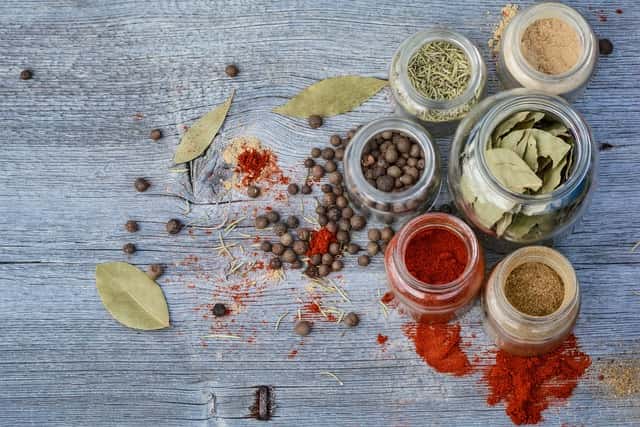
Cooking techniques, secrets, and tips from the kitchen
- The French “bouquet garni” is a traditional bundle of herbs that is knotted together and added to stews, soups, sauces, and casseroles while they are being cooked. Bay leaves are a prominent element in the “bouquet garni,” which is a classic bundle of herbs.
- Additionally, bay leaves are often used in the preparation of marinades for meat and fish, as well as in the cooking of shellfish such as crab and shrimp, and in the preparation of pickling solutions. In addition to these many savoury uses, bay leaves are also sometimes added to the cream mixture used to make rice pudding. This imparts a delicately herbaceous taste into the rice pudding and gives it a more sophisticated appearance.
- In terms of culinary applications, dried bay leaves are preferable to fresh ones. In this particular circumstance, the vast majority of cooks advise opting to use a spice that has been dried rather than one that has been freshly selected. The explanation behind this is because bay leaves that are fresh originate from a completely different plant than bay leaves that are dried. These leaves have more of a minty, astringent flavour that does not go well with many other components, despite the fact that they are comparable in most other regards.
- To dishes prepared in a slow cooker, add bay leaves. Try throwing in one or two full bay leaves the next time you’re making beef stew, short ribs, or pasta on the stovetop or in the crock pot. It will give the dish a more robust flavour. Because the taste of the dried leaves is released gradually when the leaves are heated, low-and-slow cooking methods are ideal for allowing the dried leaves to work their culinary magic. Never use anything except complete leaves. Since bay leaves are not intended to be consumed, chopping them up or grinding them into a powder would simply make it more difficult to remove them from the dish at a later time.
- In order to give soups, stews, and sauces an earthy richness, bay leaves should be included. Simmering, like other procedures that involve slow cooking, is an excellent way to uncover the bitter, woodsy, and somewhat tea-like notes that are contained inside the little leaves. The copious wetness, which acts as a foundation for the aromatic infusion, is the most important factor in this scenario. It doesn’t matter what you’re making, you can always add one or two bay leaves to it. However, they are particularly useful in cooking foundational dishes like marinara sauce, béchamel sauce, and curry.
- Prepare fresh dishes by boiling or steaming them with bay leaves to bring out their inherent taste. You may want to try adding two or three leaves to the water in which you prepare soft or delicate dishes such as root vegetables, greens, as well as freshly caught fish and shellfish. They will contribute to the creation of a more complex character without overpowering your components or interfering with the more delicate features of the ingredients themselves. When boiling or steaming food, you are welcome to use bay leaves in addition to any other flavours that you choose, such as lemon, vinegar, olive oil, garlic, ginger, or fresh herbs. Bay leaves may also be used alone.
- In any particular recipe, try to keep the amount of bay leaves to a minimum. A single bay leaf goes a long way. In most cases, it is better to refrain from adding more than two or three leaves to whatever it is that you are preparing. If you use too much, you run the risk of causing the secondary tastes in your meal to be overpowered by the predominant ones. This is particularly true when the recipe you are following asks for additional ingredients that are already bitter, smoky, or musky.
- Immediately after the cooking process is complete, remove the leaves from the finished meals. Always keep note of the amount of bay leaves that you add, and before you ring the dinner bell, take a minute to double check that you’ve recovered all of them from the pot. Bay leaves, despite the fact that they enhance the flavour of a broad range of dishes, do not have a very pleasant taste on their own. Because of this, it is very vital to make use of complete leaves as opposed to tiny parts.
- Try utilising tea made from bay leaves as a dietary supplement in some of your experiments. Since the beginning of time, people from a broad variety of civilizations all over the globe have used bay leaves as a treatment for a wide variety of illnesses. You may give it a go by steeping three to five bay leaves in 16 fluid ounces (470 mL) of hot water for around twenty minutes, after which you should strain the mixture and drink it from a cup. To make the final tea more appetising, you may, at your discretion, enhance the recipe by include either a cinnamon stick or the juice from one or two lemons.
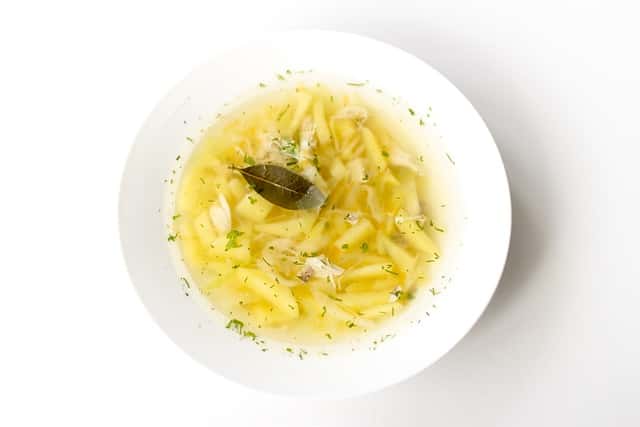
History of bay leaves from the beginning until today
- Bay comes from Daphne’s metamorphosis into the laurel tree during Apollo’s chase. One version suggests that Daphne, a fiercely independent, wild nymph, begged her father, the river deity Ladonas, to change her rather than offer herself to Apollo.
- Bay laurel symbolised intuitive and learned knowledge. Laurus nobilis comes from Celtic laur, meaning green, and Latin nobilis, meaning noble. Classical Greek pupils received laurel berries, thus baccalaureate. Bay, a narcotic and stimulant in high proportions, was essential to Delphic ceremonies. Apollo’s priestesses chewed bay before prophesying. Later, bay leaves under pillows brought predictive dreams.
- Bay was linked with gods and high-states, therefore it was thought to guard against natural and artificial calamities. Bay-carriers were immune to sorcerers and poisoners. Bay was thought to deter lightning. The Caesars protected themselves with bay. Even in sixteenth- and seventeenth-century England, it worked. It purportedly incapacitated witches and demons.
- Herbs like garlic were utilised to prevent epidemics. Its tea and baths were anti-rheumatic. Bay leaves and berries were Roman liver remedies. Culpeper believed bay berries were “effectual against the poisons of all venomous species including the sting of wasps and bees.” Sprains and eardrops were treated with berry oil.
- Bay remains a key herb in Mediterranean cooking. Bay is presumably Mid-Eastern, yet Chinese cuisine does not mention it. Bay was pounded fine and sprinkled over fresh vegetables and cooked or marinated in fruit compotes during herbal flavour crazes.
- It’s now made with many sorts of meat and fish and shellfish. Many roasted poultry recipes use bay leaves. Freshly cooked breads, puddings, and custards smell balsamic. Soups, stews, sauces, and ragouts need bouquet garnish.

